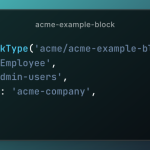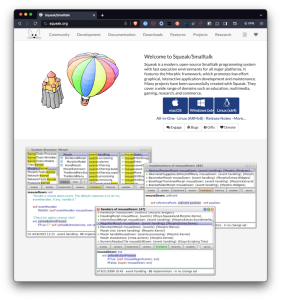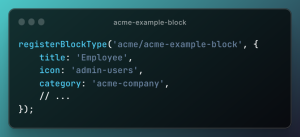
This week, I read a great article relevant to anyone developing applications that include a REST API. It’s titled Every Programmer Should Know #1: Idempotency.
First, note that idempotence is:
The property of certain operations in mathematics and computer science whereby they can be applied multiple times without changing the result beyond the initial application.
wikipedia
In other words, in the context of REST APIs, the result of making a request shouldn’t change the state of the application more than once. That is, you make the same request multiple times, there should be no side effects such that the same result is sent each time.
Or, perhaps even more simply, if the same request is sent more than once, it’ll only be processed once.
Secondly, the crux of the article has a great breakdown of the various methods that should exist in a REST API:
GETMethod:
The GET method is used to retrieve a resource from the server. It is an idempotent method because retrieving the same resource multiple times will not change the resource itself or cause any side effects on the server.PUTMethod:
The PUT method is used to update a resource on the server. It is idempotent because sending the same request multiple times will result in the same resource state as if the request had only been sent once. For example, if you send a PUT request to update a user’s email address with the same new email address multiple times, the user’s email address will only be updated once.DELETEMethod:
The DELETE method is used to delete a resource from the server. It is idempotent because deleting a resource multiple times will have the same result as deleting it only once. If the resource has already been deleted, sending a DELETE request for the same resource will not result in any changes.POSTMethod:
The POST method is used to create a new resource on the server or to submit data to be processed. It is not idempotent because sending the same request multiple times will create multiple resources or submit the same data multiple times, resulting in different outcomes.
And keeping this in mind is very helpful when designing an API.
Ultimately, I share this because the article does a great job of breaking down the concepts of idempotency in REST API design and the supporting application. And it’s a good reminder to have on hand whenever I’m – or you, whoever you are ::s

















